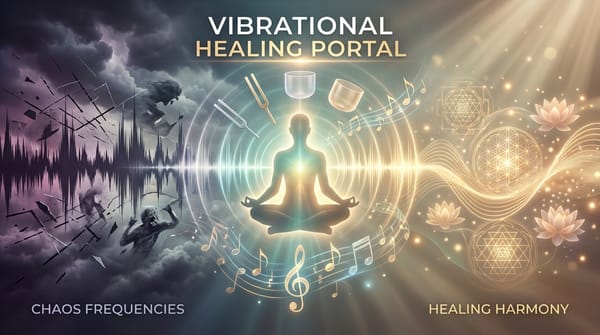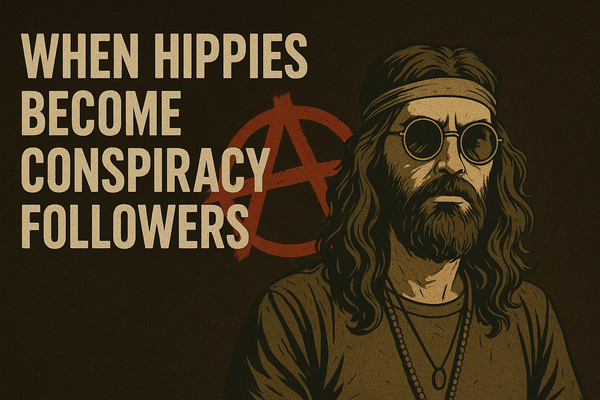Beyond Labels: Building Your Own Relationship Paradigm

In a world dominated by the binaries of monogamy and polyamory, many feel confined by these traditional labels. While both have their merits and their advocates, there’s a growing call for a middle ground—something that transcends the extremes and allows for a more integrated, flexible approach to relationships. This article explores what it might look like to break free from the rigidity of labels and create a relationship style that is uniquely your own.
The Pendulum of Polarity
Modern discourse around relationships often swings between two extremes: the deeply rooted tradition of monogamy and the liberating, yet sometimes challenging, structures of polyamory. Both frameworks have shaped how we relate, offering blueprints for connection, commitment, and love. Yet for many, neither extreme feels entirely right.
The reality is, relationships are not one-size-fits-all. They exist on a spectrum, with infinite possibilities beyond the dichotomy of monogamy and polyamory. As societal norms evolve, so too does our understanding of love and partnership. The future may lie not in choosing one side or the other, but in creating a new paradigm altogether.
A Third Way: Integrated and Balanced Relationships
What if the goal wasn’t to fit into an existing framework, but to create your own? An integrated relationship approach could borrow from the strengths of monogamy—deep intimacy, stability, and focus—while also embracing the openness, honesty, and flexibility of polyamory. The emphasis would shift from conforming to labels to crafting a dynamic that works for all parties involved.
Here’s what such a relationship might look like:
1. Fluid Agreements: Instead of rigid rules, couples could create evolving agreements that reflect their changing needs and desires. These agreements could be revisited regularly, fostering communication and adaptability.
2. Intentional Relating: Relationships could prioritize intentionality over default assumptions. This means consciously deciding what commitment, freedom, and connection look like on a case-by-case basis.
3. Integration of Opposites: By blending the security of monogamy with the freedom of polyamory, relationships could become a space for personal and mutual growth, where each partner feels both grounded and free.
4. Identity Beyond Labels: Relationships would be seen not as fixed identities (e.g., “monogamous” or “polyamorous”) but as living, breathing systems. Partners would focus on the unique dynamics of their connection rather than fitting into external categories.
Imagining a New Paradigm
The new paradigm would go beyond the pendulum swing of extremes. It would celebrate the complexity of human relationships and embrace the idea that love cannot always be quantified or categorized. In this space:
• Collaboration and Creativity take center stage. Partners work together to design their unique relational blueprint, focusing on what brings them joy and fulfillment.
• Fluidity and Flexibility allow relationships to evolve naturally. Change is embraced as a healthy, inevitable part of growth.
• Authenticity and Agency empower individuals to honor their own needs while respecting their partner’s boundaries.
This is not about rejecting monogamy or polyamory but about transcending the need for such rigid distinctions. It’s about creating a world where relationships reflect the infinite diversity of human experience.
The Call for Change
The future of relationships lies in our ability to think beyond binary structures and embrace nuance. By stepping into the unknown and co-creating new ways of relating, we open ourselves to deeper intimacy, connection, and authenticity.
This isn’t just about resisting the status quo; it’s about crafting something new. A relational paradigm that prioritizes balance, integration, and creativity could change how we love, connect, and grow together.
What would it look like to live this vision? It’s up to each of us to answer that question—together.
Listen to the Podcast






